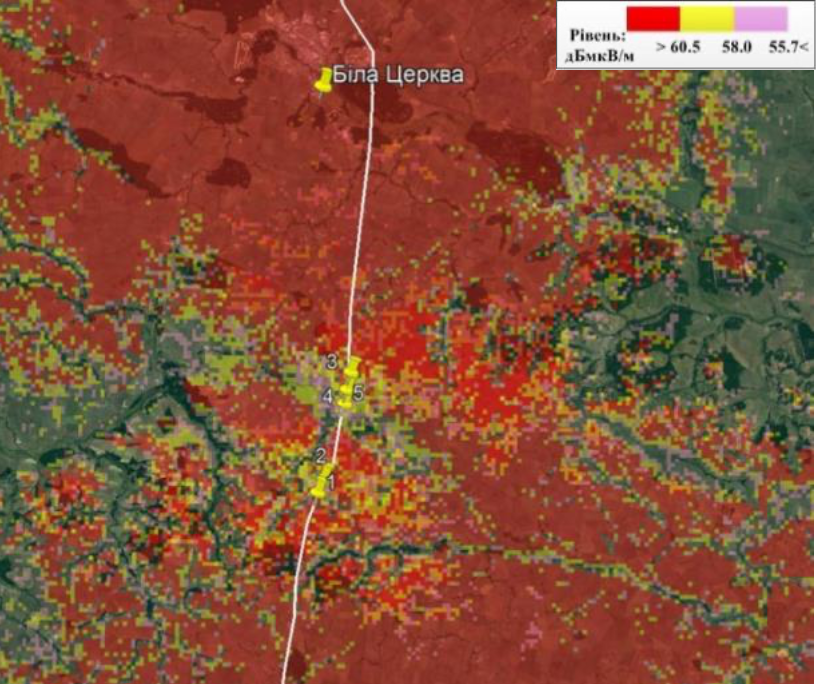FEATURES OF PLANNING SINGLE-FREQUENCY NETWORKS OF DIGITAL RADIO BROADCASTING TO COVER ROADS
Abstract
An analysis of the world experience in the using of broadcasting networks has shown, that currently the most common digital terrestrial broadcasting technology in Europe is DAB / DAB +. The paper considers the results of research on the construction of a single-frequency synchronous network using DAB+ technology for coverage of highways on the example of the Kyiv - Odessa road. The influence of the network amplification effect is considered and quantitative estimates of the total gain in the statistical addition of signals from two transmitters are obtained. For the practical evaluation of the statistical network gain, control points are selected on the section of the route, where the predicted level of field strength from one transmitter is lower than the required value. Using the k-LNM method, it is determined that the resulting predicted value of the field strength exceeds the minimum required, and the corresponding probability of reception in all cases is greater than 99%. The radio coverage parameters of the reception were modeled, according to Recommendation ITU-R P.1812. A comparison of analog and digital radio coverage for the Kyiv-Odessa route showed that coverage in digital broadcasting mode for a 99% probability of reception is better than for analog broadcasting without installing additional transmitters or increasing the power used in analog broadcasting planning.

